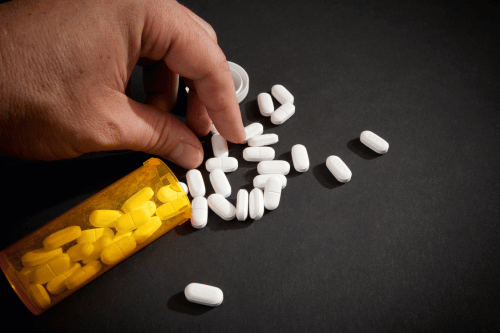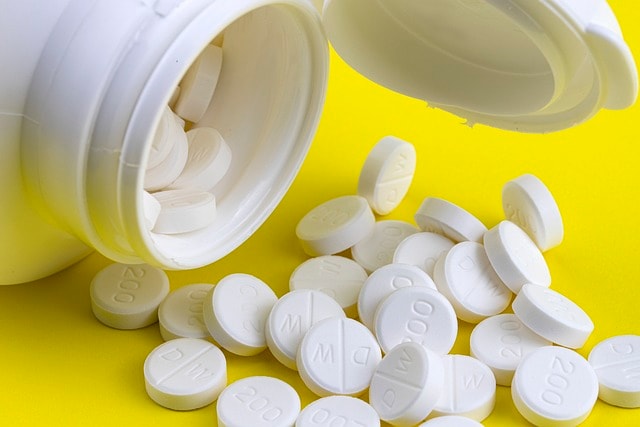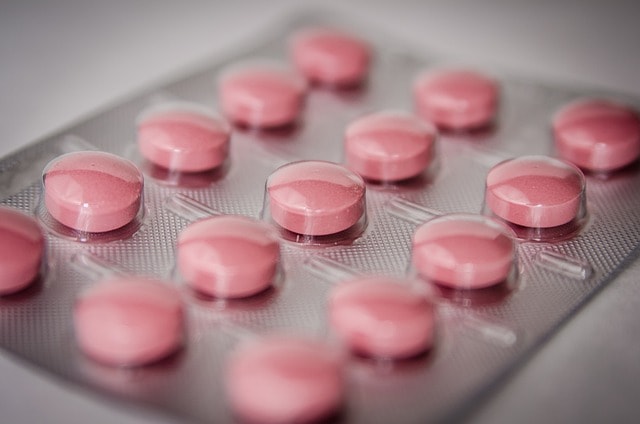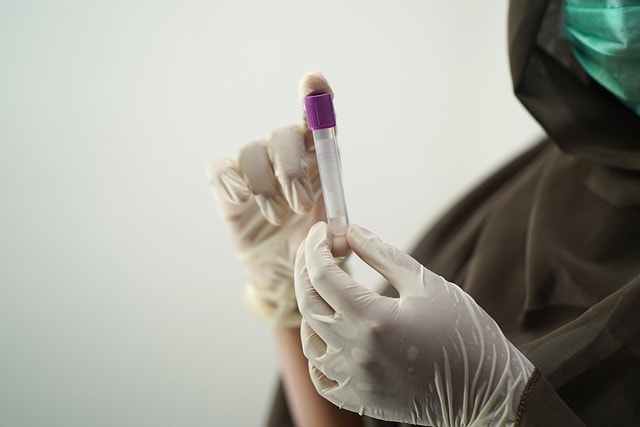

Vicodin, a combination of hydrocodone and acetaminophen, is a commonly prescribed opioid medication used to relieve pain. Understanding how long Vicodin stays in your system is crucial for various reasons. For individuals using Vicodin as part of their prescribed pain management plan, knowing the duration helps them gauge when to take the next dose for optimal pain relief. Additionally, since Vicodin is a controlled substance, understanding its elimination time is important for drug testing purposes.
Furthermore, knowledge of how long Vicodin stays in the system is essential for those considering discontinuing the medication. The duration of the drug’s presence can influence the onset and severity of withdrawal symptoms. This is particularly relevant for individuals who have been using Vicodin long-term or in conjunction with other drugs, as the withdrawal process can be complex and potentially require medical supervision.
In this article, we will delve into the factors that influence how long Vicodin remains in your system, including its half-life and individual variations. We will also explore the implications of Vicodin’s duration for both medical treatment and potential misuse. Additionally, we will provide information on Vicodin addiction treatment options and guidance for those prescribed this medication.

Vicodin is a combination medication comprising two active ingredients: hydrocodone and acetaminophen. Hydrocodone, classified as an opioid analgesic, is the primary component responsible for pain relief. It exerts its effects by binding to specific opioid receptors in the brain and spinal cord. This interaction disrupts the transmission of pain signals, altering the way the body perceives and responds to pain. Additionally, hydrocodone can induce a sense of euphoria and relaxation, contributing to its effectiveness in managing moderate to severe pain.
Acetaminophen, the second active ingredient in Vicodin, is a non-opioid analgesic and antipyretic. While it also aids in pain relief, its mechanism of action differs from that of hydrocodone. Acetaminophen is believed to work primarily in the central nervous system, where it inhibits the production of prostaglandins, substances that play a role in pain and fever. By reducing prostaglandin levels, acetaminophen helps to alleviate pain and lower fever.
The combination of hydrocodone and acetaminophen in Vicodin provides a synergistic effect, offering enhanced pain relief compared to either drug alone. Hydrocodone targets the opioid receptors to directly modulate pain perception, while acetaminophen complements this action by reducing inflammation and fever. This combination makes Vicodin a potent analgesic for various types of pain, including acute pain from injuries, postoperative pain, and chronic pain conditions.
However, it’s important to note that while Vicodin can be highly effective for pain management, it also carries a risk of dependence and addiction due to the presence of hydrocodone. Therefore, it’s crucial to use Vicodin strictly as prescribed by a healthcare professional and to be aware of the potential for misuse and abuse.
by Jaron Nix (https://unsplash.com/@jaronnix)
The time Vicodin stays in your system can vary based on several factors, such as metabolism, age, organ function, and dosage. Generally, Vicodin can be detected in the body for a specific period, depending on the type of test used:
Urine Test: Vicodin can be detected in urine for up to 3-4 days after the last dose.
Blood Test: Vicodin can be detected in blood for up to 24 hours after the last dose.
Saliva Test: Vicodin can be detected in saliva for 1-4 days after the last dose.
Hair Test: Vicodin can be detected in hair follicles for up to 90 days after the last dose.
The half-life of a drug is the time it takes for half of the drug to be eliminated from the body. Understanding the half-life helps determine how long the drug will stay in your system.
Hydrocodone, the opioid component of Vicodin, has a half-life of about an hour. This means that it takes approximately 3.8 hours for half of the hydrocodone to leave your system. However, it usually takes several half-lives for a drug to be completely eliminated from the body. Acetaminophen, on the other hand, has a shorter half-life of about 2-3 hours.
Acetaminophen, on the other hand, has a shorter half-life of about 2-3 hours.
The half-life of Vicodin can be influenced by various factors, including:
Age: Older adults may have a slower metabolism, which can increase the half-life of Vicodin.
Liver Function: Since Vicodin is metabolized in the liver, any liver impairment can slow down the process.
Kidney Function: Impaired kidney function can also affect how quickly Vicodin is eliminated from the body.
Dosage: Higher doses may take longer to be eliminated.
Frequency of Use: Regular use can lead to accumulation in the body, affecting how long it stays in your system.

Vicodin is a schedule II controlled substance prescribed to manage moderate to severe pain. It is often used for short-term pain relief, such as after surgery or injury. However, because it contains hydrocodone, a strong opioid drug, it carries a risk of hydrocodone addiction and dependence.
Common side effects of Vicodin include:
Drowsiness
Dizziness
Nausea
Vomiting
Constipation
More severe side effects can include:
Shallow breathing
Severe drowsiness
Liver damage (due to acetaminophen)
by CDC (https://unsplash.com/@cdc)
Vicodin has a high potential for substance abuse and hydrocodone addiction. Long-term use can lead to physical dependence, where your body becomes used to the drug and you experience withdrawal symptoms if you stop taking it.
Symptoms of Vicodin withdrawal can include:
Anxiety
Sweating
Muscle aches
Insomnia
Irritability
If you are prescribed Vicodin, it’s important to follow your doctor’s instructions carefully and discuss any concerns you may have. Those struggling with opiate withdrawal may benefit from addiction treatment programs or medically supervised detox.
Several factors can influence how long Vicodin stays in your system:
Your metabolic rate plays a significant role in how quickly Vicodin is processed and eliminated. People with faster metabolisms will typically process the drug more quickly than those with slower metabolisms.
Older adults and those with health conditions, particularly liver and kidney issues, may process Vicodin more slowly. This can lead to the drug staying in their system longer.
Hydrocodone can be stored in body fat, so individuals with higher body fat percentages may find that Vicodin stays in their system longer.
Higher doses and frequent use can lead to a build-up of the drug in the system, making it take longer to be fully eliminated.
Urine tests are the most common method for detecting Vicodin use. Vicodin can be detected in urine for up to 3-4 days after the last dose. However, this can vary based on individual factors like metabolism and dosage.

Blood tests are less common but can detect Vicodin within 24 hours of the last dose. They are typically used in medical settings for immediate detection.
Saliva tests can detect Vicodin for 1-4 days after the last dose. This method is less invasive and is often used in workplace drug testing.
Hair tests can detect Vicodin for up to 90 days after the last dose. This method is used less frequently but provides a longer detection window.
According to the American Addiction Centers, Vicodin abuse and addiction is a serious issue that can lead to many adverse effects.
Understanding how long Vicodin stays in your system is crucial for both medical treatment and drug abuse testing purposes. The duration can vary widely based on individual factors like metabolism, age, organ function, and dosage. Knowing the half-life of Vicodin and how it’s processed in the body can help you manage its use, especially for patients with chronic pain who may require ongoing treatment.
If you are prescribed Vicodin, it’s important to follow your doctor’s instructions carefully and be aware of the potential for hydrocodone addiction and dependence. This opioid narcotic, while effective at relieving pain, can lead to withdrawal symptoms like anxiety, sweating, and muscle aches if not used as directed.
Always discuss any concerns about potential side effects or the development of dependence with your healthcare provider to ensure safe and effective pain management. By staying informed about the drug’s properties and its potential effects, you can better manage your health and make informed decisions about your medication.
At Sullivan Recovery, as an in-network provider we work with most insurance plans, such as:
And More
If you or a loved one are struggling with mental health challenges or substance abuse, reach out to Sullivan Recovery today. Our team of compassionate professionals is here to support your journey towards lasting well-being. Give us a call at 949-836-7180.
The duration of Vicodin in your system can vary depending on several factors, including your age, body weight, metabolism, liver and kidney function, dosage, and frequency of use. In general, it takes about 3.8 hours for half of the hydrocodone in Vicodin to be eliminated from the body. However, it can be detected in urine for up to 4 days, saliva for 1-4 days, blood for 24 hours, and hair for up to 90 days.
Yes, Vicodin can be detected in standard drug tests, including urine, blood, saliva, and hair tests. The detection window varies depending on the type of test used. Urine tests are the most common and can detect Vicodin for up to 4 days after the last use.
Yes, the dosage of Vicodin can influence how long it remains detectable. Higher doses may take longer to be fully eliminated from the body compared to lower doses. Additionally, frequent or prolonged use of Vicodin can lead to accumulation of the drug in the body, further extending its detection window.
There are no proven methods to accelerate the elimination of Vicodin from your system. The body naturally metabolizes and eliminates the drug at its own pace. Drinking water and maintaining a healthy lifestyle can support overall bodily functions, but they won’t significantly alter the time it takes for Vicodin to leave your system.